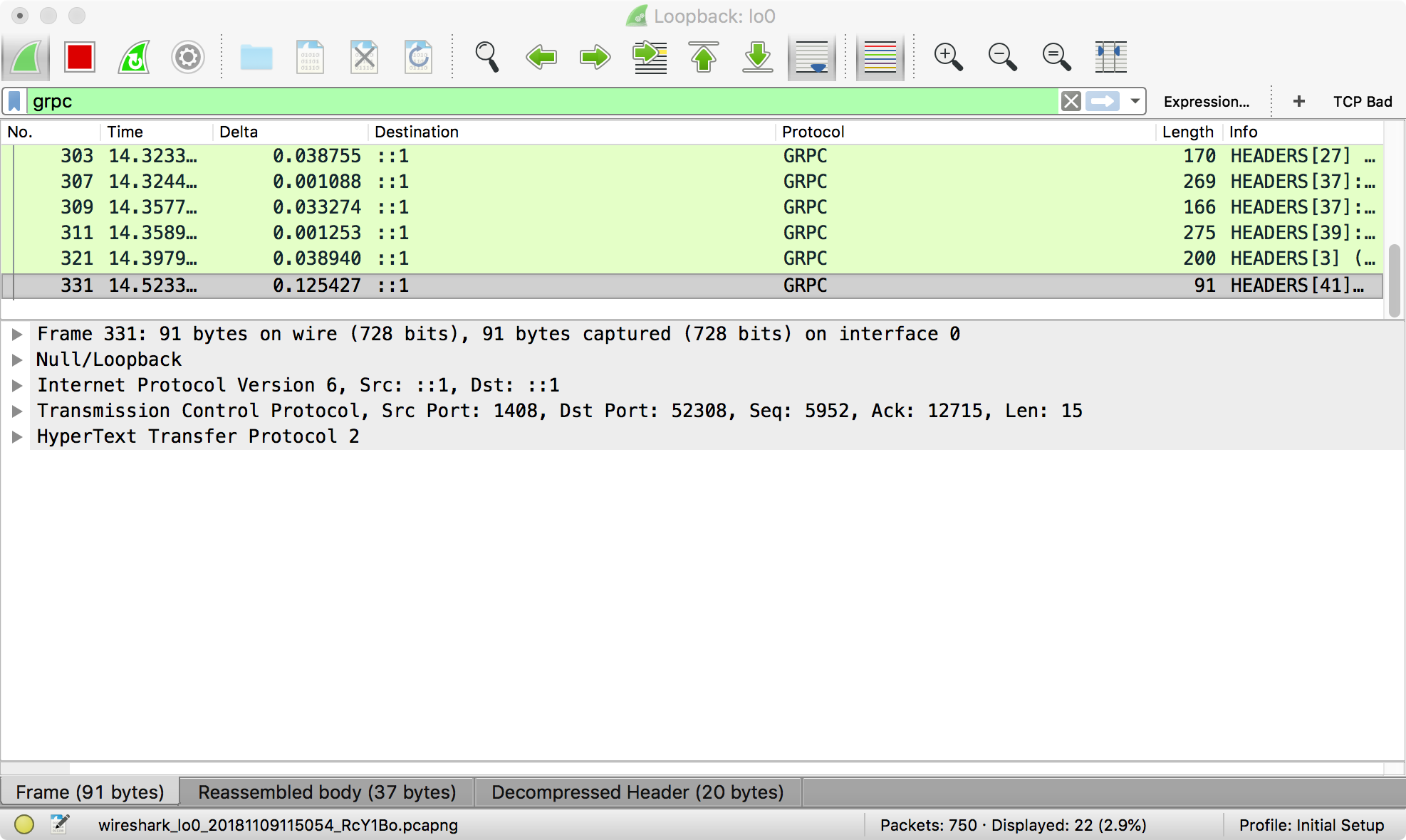

"Displayed" means "matching the display filter expression". In the status line at the right bottom of the Wireshark window you'll see a summary: Packets: X, Displayed: Y. The list of packets will shrink to those matching that filter expression. Once you compose your filter and the display filter field colour is green, press the -> button to the right from the display filter field. and Wireshark will suggest you possible completions). So for your example, you would use display filter expressions like (hint: start typing tcp. 2.Request URI: /wireshark-labs/alice.txt > The client is asking for file alice.txt present under /Wireshark-labs.

1.Request Method: GET > The packet is a HTTP GET. To avoid misleading you: you can use the display filter to search for strings in raw packet data or in dissected protocol fields, but not in the Info column as doing so would rarely be useful. HTTP GET: After TCP 3-way handshake SYN, SYN+ACK and ACK packets is done HTTP GET request is sent to the server and here are the important fields in the packet. You have to use the display filter field - it may seem complex first but it is actually not, and filtering this way is much more powerful than text search on the summary information. Sometimes you want to search packet data and a display filter won’t cut it. You can change filters just like Wireshark’s GUI to see what’s happening. In Wireshark itself you cannot filter packets by contents of the Info column. One of the biggest differences between tshark and Wireshark is that you can change the Termshark is the way to analyze a capture in the terminal. Sorry, I was confused by keywords "string" and "line" which normally refer to text processing.


 0 kommentar(er)
0 kommentar(er)
